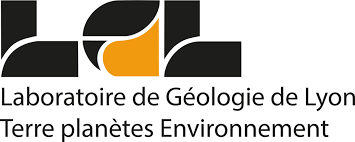
15h-16h
Central Asia is one of the most orographically diverse regions in the world as a result if major plate tectonic collisional events throughout the Phanerozoic. Yet the relative role of tectonics versus climate in producing the modern topography remains one of the greatest debates of our time. We present the first regional-scale analysis of 2,528 published low-temperature thermochronometric dates from Central Asia spanning the Altai-Sayan, Tian Shan, Tibet, Pamir, and Himalaya. We compare these dates to tectonic processes (proximity to tectonic boundaries, crustal thickness, seismicity), climate proxies, and state-of-the-art paleoclimate simulations in order to constrain the relative influences of climate and tectonics on the topographic architecture and erosion of Central Asia. The predominance of pre-Cenozoic ages in much of the interior of central Asia suggests that significant topography was created prior to the India-Eurasia collision and implies limited subsequent erosion. Increasingly young cooling ages are associated with increasing proximity to active tectonic boundaries, suggesting a first-order control of tectonics on erosion. However, areas that have been sheltered from significant precipitation retain older topography. This demonstrates that ultimately climate is the great equalizer of erosion. Climate plays a key role by enhancing erosion in areas with developed topography and high precipitation such as the Tian Shan and Altai-Sayan during the Mesozoic and the Himalaya during the Cenozoic. Whereas, older thermochronometric dates are associated with sustained aridity following more humid periods.
